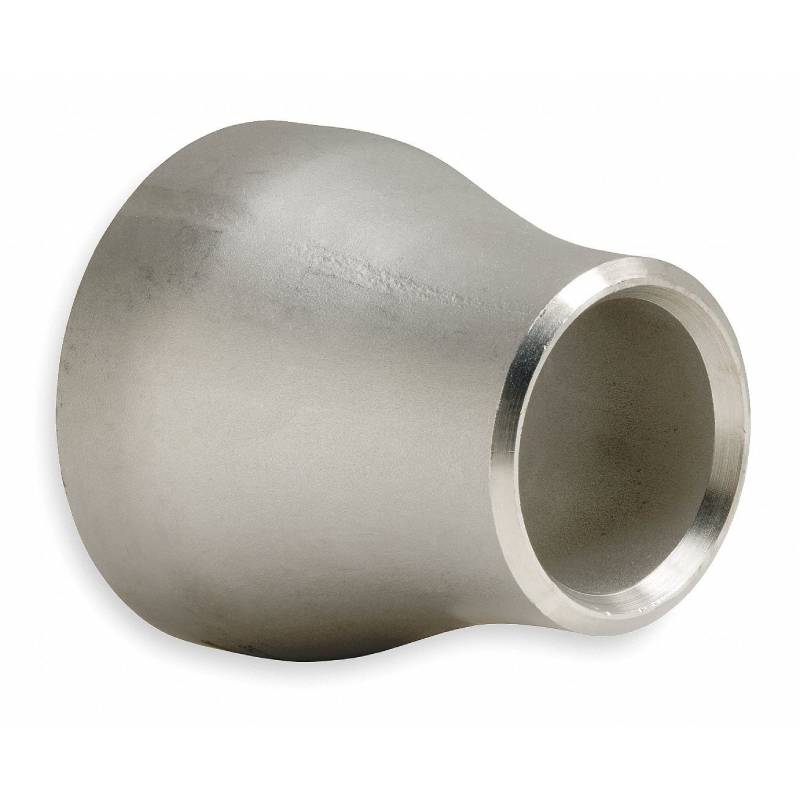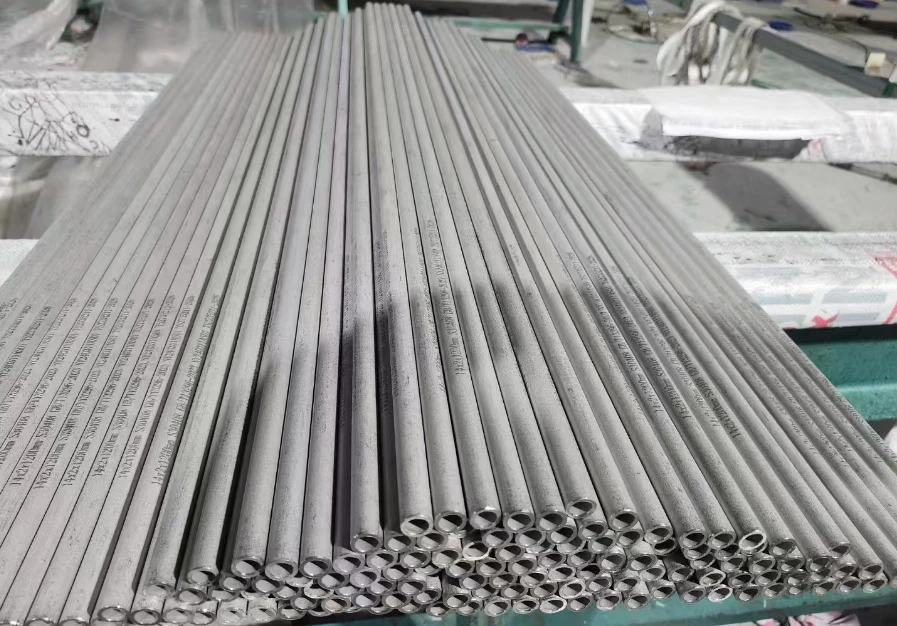-
Cangzhou Yulong Steel Co., Ltd.
-
Phone:
+86 13303177267 -
Email:
admin@ylsteelfittings.com

febr . 20, 2025 11:48 Back to list
TYPE05 /05B BLIND FLANGE
Navigating the intricacies of industrial standards can often be daunting, but when it comes to EN 1092-1 PN10 flanges, understanding their utility and specifications can lead to more informed and efficient purchasing and engineering decisions. Originating from European norms, EN 1092-1 outlines the specifications for circular flanges, focusing on dimensions, tolerances, and types designed to meet various pressure ratings. The PN10 designation, in particular, signifies a pressure rating of 10 bar, making these flanges particularly suitable for various low-pressure applications.
Selecting the appropriate EN 1092-1 PN10 flange involves more than just understanding pressure ratings. It's imperative to consider the type of flange best suited to the application, whether it be weld neck, slip-on, blind, or threaded, among others. Each type offers distinct benefits; for instance, weld neck flanges are favored for high-stress applications due to their robust connection strength, while slip-on flanges offer ease of installation and alignment flexibility, making them suitable for lower-pressure systems. In terms of end-user experience, the practical installation of EN 1092-1 PN10 flanges is straightforward but should follow best practices to ensure optimal performance and safety. Proper gasket selection and alignment are crucial during installation to prevent leaks and ensure pressure integrity within the system. Maintenance procedures should include regular inspections for signs of wear or damage, particularly in environments subject to temperature fluctuations or corrosive elements. In conclusion, EN 1092-1 PN10 flanges embody expertise, authority, and trustworthiness within the field of industrial components. Their design and application prioritize safety and operational efficiency, reinforcing their widespread adoption in diverse sectors. By understanding their specifications, materials, and best use cases, stakeholders can make informed decisions that enhance the reliability and longevity of their industrial systems. This knowledge not only empowers better purchasing decisions but also supports the ongoing commitment to excellence in engineering practices globally.


Selecting the appropriate EN 1092-1 PN10 flange involves more than just understanding pressure ratings. It's imperative to consider the type of flange best suited to the application, whether it be weld neck, slip-on, blind, or threaded, among others. Each type offers distinct benefits; for instance, weld neck flanges are favored for high-stress applications due to their robust connection strength, while slip-on flanges offer ease of installation and alignment flexibility, making them suitable for lower-pressure systems. In terms of end-user experience, the practical installation of EN 1092-1 PN10 flanges is straightforward but should follow best practices to ensure optimal performance and safety. Proper gasket selection and alignment are crucial during installation to prevent leaks and ensure pressure integrity within the system. Maintenance procedures should include regular inspections for signs of wear or damage, particularly in environments subject to temperature fluctuations or corrosive elements. In conclusion, EN 1092-1 PN10 flanges embody expertise, authority, and trustworthiness within the field of industrial components. Their design and application prioritize safety and operational efficiency, reinforcing their widespread adoption in diverse sectors. By understanding their specifications, materials, and best use cases, stakeholders can make informed decisions that enhance the reliability and longevity of their industrial systems. This knowledge not only empowers better purchasing decisions but also supports the ongoing commitment to excellence in engineering practices globally.
Next:
Latest news
-
ANSI 150P SS304 SO FLANGE
NewsFeb.14,2025
-
ASTM A333GR6 STEEL PIPE
NewsJan.20,2025
-
ANSI B16.5 WELDING NECK FLANGE
NewsJan.15,2026
-
ANSI B16.5 SLIP-ON FLANGE
NewsApr.19,2024
-
DIN86044 PLATE FLANGE
NewsApr.19,2024
-
DIN2527 BLIND FLANGE
NewsApr.12,2024
-
JIS B2311 Butt-Welding Fittings LR/SR 45°/90° /180°Seamless/Weld
NewsApr.23,2024
-
DIN2605-2617 Butt-Welding Fittings LR/SR 45°/90°/180° Seamless/Weld
NewsApr.23,2024











